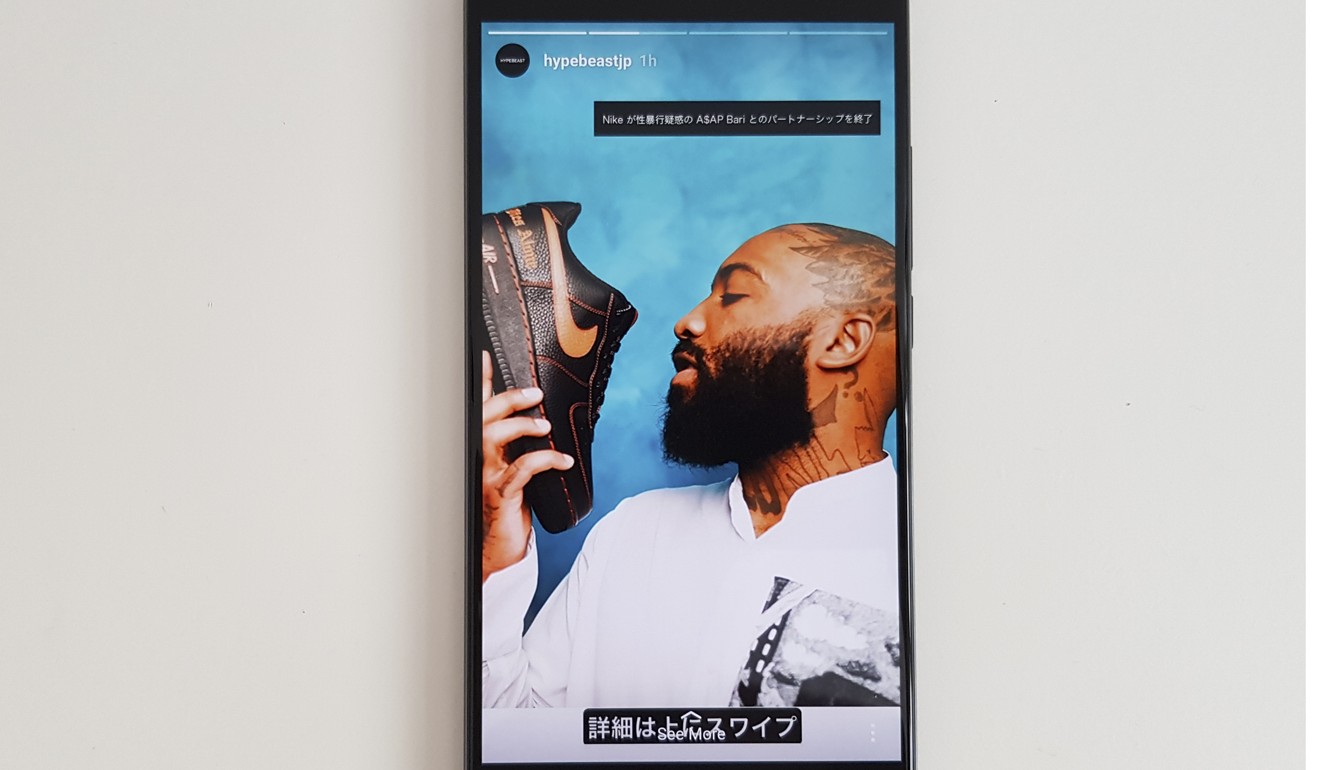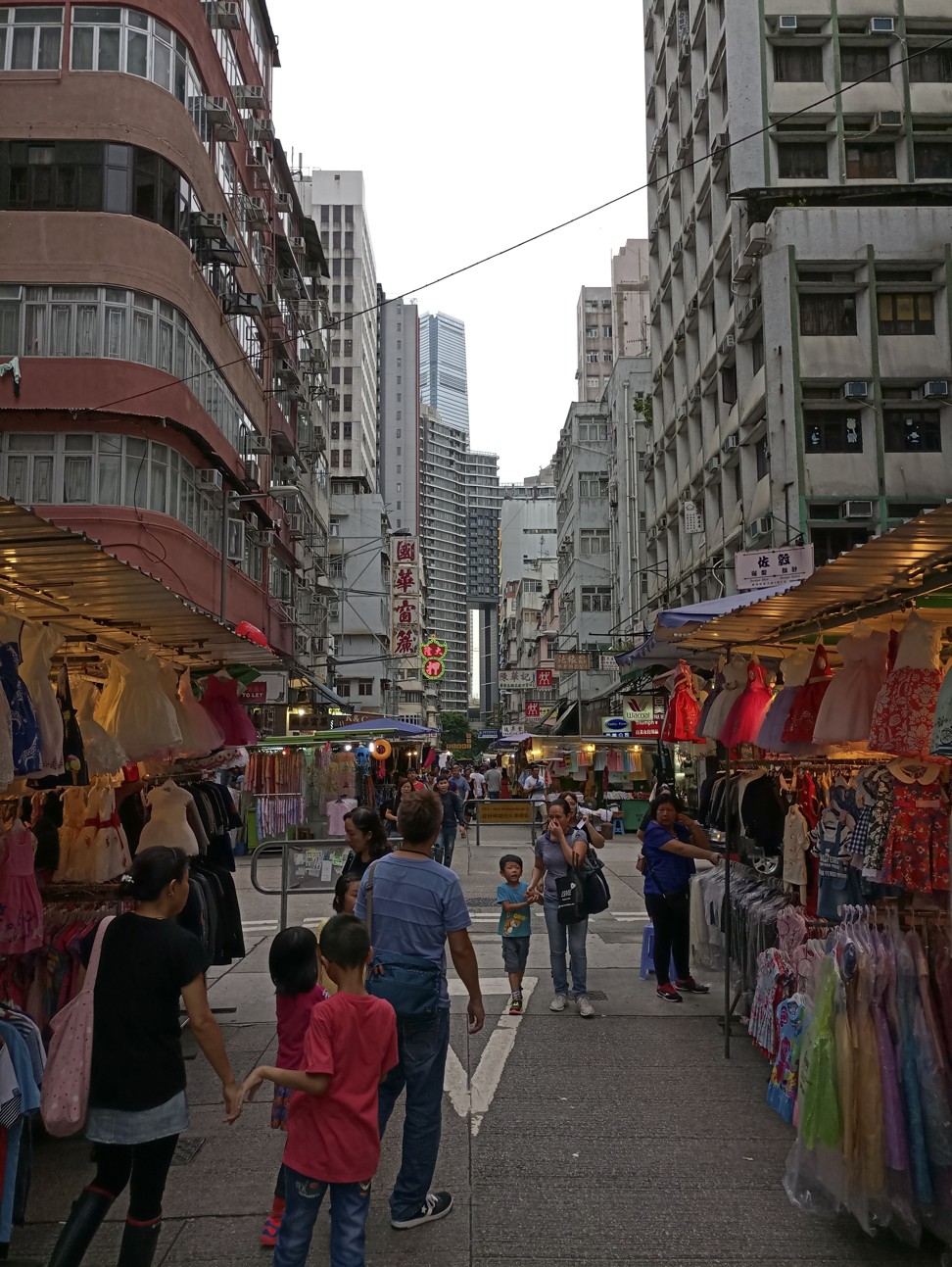
Review: Meizu Pro 7 Plus - dual-screen smartphone will change how you take selfies, and makes sure you don’t miss a thing
Make-up and skin smoothing filters for selfies the best we have seen yet, and AMOLED display is superb, but it’s the second screen on the back that sets this phone apart, showing notification alerts, time, step count, and weather
Last year, phonemaker Meizu learnt that young adults in China tend to leave their phones face down on tables during dinner or meetings out of common courtesy. The consumer research suggested that this reluctant act of self-restraint often led to “anxiety” over missing notifications.
Meizu isn’t trying to fix this generation’s screen addiction, of course, but it believes its 2017 flagship, the Pro 7 Plus, has a compromise solution: a small second screen on the device’s back.

Design and hardware
The two-inch rectangular secondary display sits discreetly in the upper left corner of the Pro 7 Plus’ metal back, under the dual 12-megapixel cameras.
Review: smartphone with four cameras, the Gionee S10 takes well-lit photos and has excellent battery life, but is nothing special
Currently, it can display the time, step count, weather, and notification alerts (future software updates should bring more functionality). More interesting, though, is the second screen that can also serve as a viewfinder for the back cameras – that means you can take selfies with the main dual cameras on the back of the device, instead of the front-facing camera.

The Pro 7 Plus has a 5.7in AMOLED display in a standard 16:9 aspect ratio instead of the new LG/Samsung-pioneered 18:9 aspect ratio that is all but certain to become the industry norm by 2018. It is also surrounded by a normal-sized (meaning not slim) bezel, and sports the same oval home button/fingerprint reader that can be found on hundreds of other phones.

Software and features
The Pro 7 Plus runs Android 7.0 with Meizu’s own Flyme software (version 6.1.2) on top. Flyme offers a different take on navigating within the phone because it replaces Android’s traditional three-button set-up (back, home, recent apps) with a single button that uses physical press, tapping and swiping to distinguish between the three actions.
I found Meizu’s system intuitive and it makes the iPhone’s one-trick home button seem outdated, but others may still prefer Android’s native set-up instead.
The Flyme software is clean overall with plenty of useful additions, such as the ability to launch an app by drawing an alphabet character on the device’s screen when it’s off. These are fully customisable so you can, for example, draw an O to launch the camera or Facebook or Gmail. This sounds gimmicky, but came in handy for me on a day when I needed to use Google Maps repeatedly.
Tech review: Xiaomi Mi Max 2 – giant phablet too big for one hand, even if it is excellent for gaming and watching videos
The Pro 7 Plus has a Cirrus Logic CS43130 DAC (digital-to-analogue audio converter) that, while not quite as sophisticated as the ESS DACs found on the LG V20 or Onkyo Granbeat, is a noticeable step up from most smartphones on the market. Use a nice set of headphones and play lossless audio files, and you will hear the difference.

Performance and battery life
The quad HD AMOLED display is excellent, with superb contrast, punchy colours and true blacks. It’s impressive that Meizu, a relatively small company, is now in its second year of using AMOLED panels, compared to Apple and LG that will only make the jump to the superior screen tech later this year.

Moving on to photography, Meizu’s 12-megapixel Sony IMX386 sensors do a fine job, producing images that are clearly superior to the cameras found on Xiaomi and Oppo devices, but the device falls short of the best mobile shooters out there. Generally, shots in good lighting produce very good details, but colours tend to be on the warm side.
The Pro 7 Plus is excellent for selfie lovers, partly because of the second screen, but also because Meizu’s camera software has probably the best “beautifying modes”. Whether it’s face slimming, skin smoothing or adding digital make-up, the effects are eerily natural (see below).

The 3,500 mAh battery provides sufficient endurance, generally lasting the entire day without problems. The Pro 7 Plus doesn’t last as long as previous Meizu devices, perhaps because of the second screen and the superior display resolution.
Conclusion
Whether the second display is useful or a gimmick depends on your needs. Personally, I don’t really have a use for it, but in an oversaturated smartphone market with hundreds of phones vying for attention, I admire Meizu for thinking outside the box and trying something different. At 3,599 yuan (HK$4,210, the retail price for Hong Kong isn’t known yet), this is also Meizu’s most expensive device to date.

Dimensions: 157.3mm x 77.2mm x 7.3mm
Weight: 170g
Display: 5.7 inch, 1,440 X 2,560
Battery: 3,500 mAh
OS version reviewed: Android 7.0
Processor: MediaTek Helio X30
Cameras: Dual 12-megapixel f/2.0 rear, 16-megapixel f/2.0 front
Memory: 64GB, 6GB RAM
Colours: black, gold, silver
Price: 3,599 yuan

